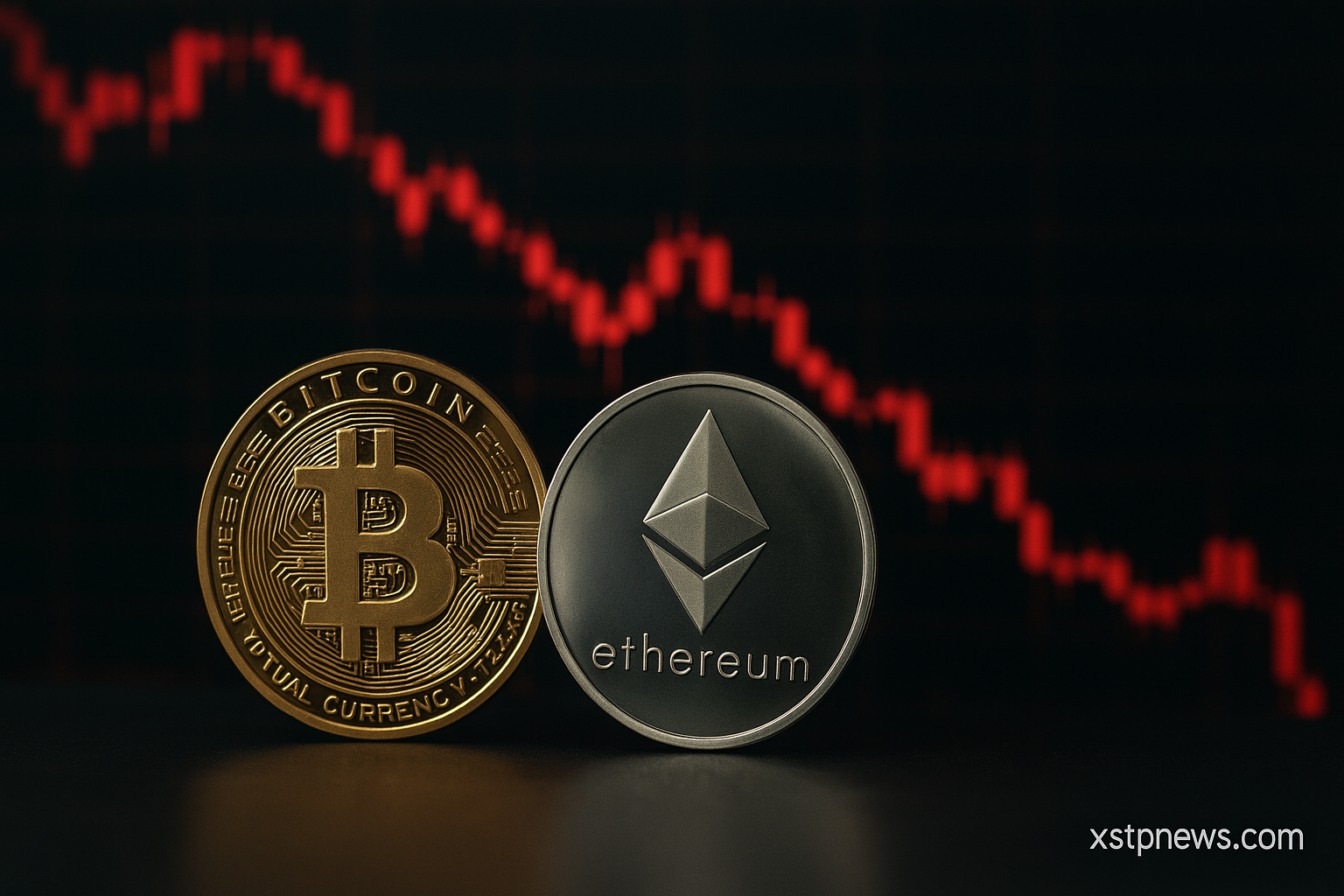The UK’s inflation rate eased to 2.9% year-over-year, its lowest level since March 2021, as energy prices pulled back and service sector costs moderated. The data briefly lifted hopes for a policy pause by the Bank of England. Yet stubborn wage growth and fragile consumer demand paint a complex picture for monetary strategy in the months ahead.
Energy costs ease, lifting household sentiment
According to the Office for National Statistics, household energy bills fell by 5.7% YoY, reflecting both wholesale gas corrections and seasonal adjustments. This offered some relief to consumers who faced double-digit energy inflation through much of 2023-24. Food inflation also continued its gentle retreat, up 3.5%, after peaking near 12% last winter.
“With utility costs coming down, we’re finally seeing some real disposable income improvement,” said Helen Doyle, an economist at Barclays UK.
Wage growth remains a stubborn thorn
However, average weekly earnings excluding bonuses rose 4.2% YoY, sustaining pressure on core services inflation. Hospitality and transport wages outpaced broader trends, with multiple unions still negotiating above-inflation settlements to offset past price shocks.
This dynamic keeps inflation risks alive even as headline figures soften. The BoE’s last Financial Stability Report highlighted that mortgage defaults remain low, but warned that households are increasingly stretched by variable-rate payments hovering near 6%.
Markets bet on steady rates for now
Short-term gilts reacted to the CPI print by falling 8bp, with traders pricing in ~70% odds the BoE holds its Bank Rate at 5.25% in August. Yet swaps indicate nearly 50% probability of another 25bp hike by December, should wage settlements fail to moderate.
The BoE’s cautious language continues: Governor Andrew Bailey last week reiterated that while headline inflation is “moving in the right direction,” second-round effects from labor markets need close watching.
Britain’s latest inflation reading offers tentative relief but not a victory lap. As wages stay firm and global supply risks (including new US tariffs) loom, the BoE may find itself stuck: holding rates high enough to quell price persistence, even at the cost of dampening fragile growth. The next few labor market reports could prove decisive in shaping monetary paths through winter.
(As of July 8, 2025)







